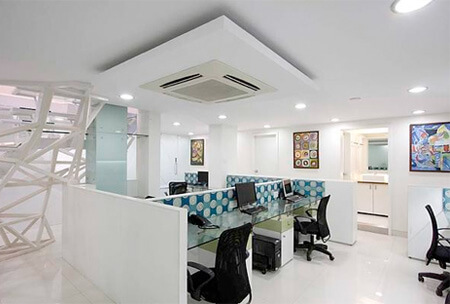

Leaving the Light On
If I said leaving the lights on can help you save money and be more energy efficient would you believe me...!?
I rarely delve into domestic energy saving tips, but its that cold time of year and here is what I have to say about what you can do at home to save money and be warmer in winter.
"It's cheaper to close the curtains and turn a light on in winter".
Yes, that's exactly what I am saying, for instance why bother opening the curtains in seldom used rooms at all in winter?
Don't believe me? Read on.
You will lose around 100 Watts to 300 Watts or more of heat through each window or glass door when its freezing cold outside compared to a light bulb which is around 14 Watts these days, and closing curtains can stop a large majority of the heat escaping and definitely more than 14 Watts worth.
So close curtains on unused/rarely used rooms as much as you feel comfortable with at home to help keep that heat you spent good money on inside your home, and if possible buy and fit thermal curtains and put them up during winter as these work a treat, costing you around £30 you could get payback on the first winter from every set you buy.
Here are some maths if you like that sort of thing about my front window; stay with me on this one, every day is a learning day.
The U Value is a calculation to work out the rate of heat loss through a something. A U value of 10 would mean that 10 watts of heat are lost every m² for every 1°c of temperature difference.
Still confused: You have bought a new double glazed window with a U value of 2.74, and assuming my living room window is around that average window value and is 1.4m high and 3.5m wide, its 1°c outside and 21°c in my home.
1.4 (window length) x 3.5 (window Height)x 20 (temp difference) x 2.74 (u value) = 268.52w
Therefore 0.27kw of heat is lost through my front window an hour, which does not seem a lot until you times it by the 16 hours a day my curtains are open and say around 120 heating days a year, then add all the other windows and doors.
Left unchecked I'm guessing I could lose around 26p a day or £35 worth of heat just through my front window during a winter!
Closing curtains more will help keep this heat in, I put up thermal curtains in my home on the first day of frost and close them as much as I can.
Still here reading, crikey you’re a glutton for punishment, here are some more of my "not what you expect to read" home winter efficiency tips. These work I guarantee it.
1) Use all the many government grants available to promote energy efficiencies, such as loft and cavity insulation. I’ve had THE LOT and I can tell you, it really DOES make a difference.
2) Re-size your house smaller. More applicable to those with a larger home, are there doors or partitions you could close, are there rooms you could not use during winter? These could be left with doors shut and no heating or just on the frost setting on your radiators.
3) Work from home? don't heat all the house all day, using oil filled radiators in the room you are working in can save turning on the central heating for the whole house during the day. 14kW boiler versus 2 kW heater (no maths needed).
4) If you have air conditioning fitted (lucky you), turn it into a heating system in just your most used rooms.
5) Leave open oven doors slightly after you have been cooking and let all that lovely hot air lose!
6) When you have a new bath it acts like a big radiator and all that lovely hot water will be making your bathroom nice and toasty warm. Then when you’ve finished, leave the hot water in until it cools and the door open to spread the heat about the house.
7) Shut doors around your home, turn down radiators. Why stabilise the heating temperature all over your house? Just keep those rooms you’re in now warm.
8) Get a heating app on your phone if you can. I’ve seen big savings by setting the heating on demand before you come home.
10) Put a thermometer up to check each room’s temperature. Your thermostat might be 21 or 22 degrees- but is it really achieving that temperature around your house? I often see clients’ premises overreaching and not achieving that temperature. Either way, there’s something wrong that’s costing you money that is worth checking out before it gets expensive!
Thank you for reading, let me know if you have any good tips and please share this article if you found it useful.
